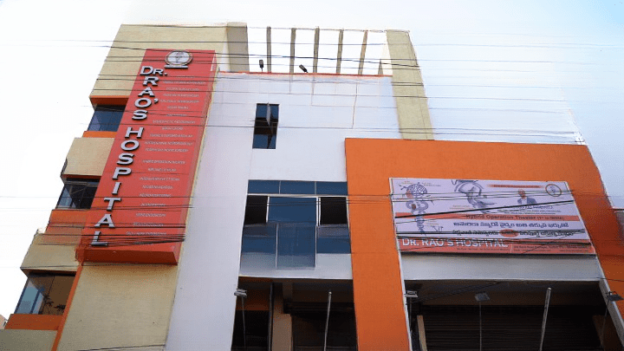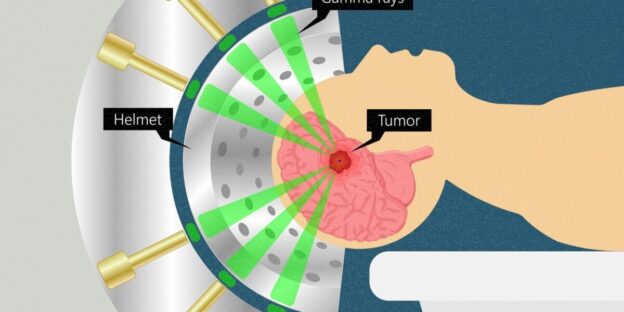Dr. Rao’s Hospital: Leading the Way as the Best Neurosurgery and Spine Surgery Hospital in India
In the realm of neurosurgery and spine surgery hospitals in India, Dr. Rao’s Hospital stands out as a beacon of excellence, recognized as the best neuro hospital in the country. With a commitment to providing world-class care, Dr. Rao’s Hospital has emerged as a leader in neurology, neurosurgery, and spine surgery.
Best Neuro Hospital in India: Dr. Rao’s Hospital’s Commitment to Excellence
Dr. Rao’s Hospital has earned its reputation as the best neurohospital in India through a relentless commitment to excellence in neurosurgery and spine surgery. The hospital offers comprehensive and advanced care for neurological and spinal conditions and is equipped with state-of-the-art facilities and a team of highly skilled professionals.
Best Neurology Hospital in India: Pioneering Patient-Centric Care
As the best neurology hospital in India, Dr. Rao’s Hospital takes pride in its patient-centric approach. The hospital’s focus on delivering compassionate care, cutting-edge technology, and advanced treatment modalities sets it apart in neurology.
Neurologist Hospital in India: Dr. Rao’s Expertise at the Helm
At the helm of Dr. Rao’s Hospital is Dr. Mohana Rao Patibandla, a renowned neurosurgeon with vast experience and international training. His leadership ensures that the hospital remains at the forefront of neurosurgery and spine surgery, making it the go-to neurologist hospital in India.
Center of Excellence: Dr. Rao’s Hospital’s State-of-the-Art Facilities
Dr. Rao’s Hospital is more than just a medical facility; it is a center of excellence for neurosurgery and spine surgery. The hospital boasts a biplane cath lab, a hybrid operation theater, and other cutting-edge technologies, providing a conducive environment for groundbreaking procedures.
Comprehensive Neurological Care: Dr. Rao’s Hospital’s Specialized Services
As the best neuro hospital in India, Dr. Rao’s Hospital offers a wide range of specialized services covering neurology, neurosurgery, and spine surgery. From intricate brain surgeries to minimally invasive spine interventions, the hospital’s comprehensive approach ensures patients receive the best care.
Awards and Recognition: Dr. Rao’s Hospital’s Standing in Healthcare
Dr. Rao’s Hospital’s standing as the best neuro hospital in India is further solidified by its numerous awards and accolades. The hospital’s dedication to innovation, patient care, and positive outcomes has earned it recognition in the healthcare community.
Choosing Excellence: Why Dr. Rao’s Hospital is the Top Neurology, neurosurgery and Spine Surgery Hospital
Dr. Rao’s Hospital is the epitome of excellence for individuals seeking the best neurology and spine surgery hospital in India. The hospital’s unwavering commitment to providing top-tier neurological and spine care, combined with Dr. Rao’s expertise, makes it the natural choice for those prioritizing quality healthcare.
Conclusion
In conclusion, Dr. Rao’s Hospital has rightfully earned its place as India’s best neurosurgery and spine surgery hospital. With a dedication to excellence, advanced technology, and a patient-first approach, the hospital continues to shape the country’s neurological and spine care landscape.



